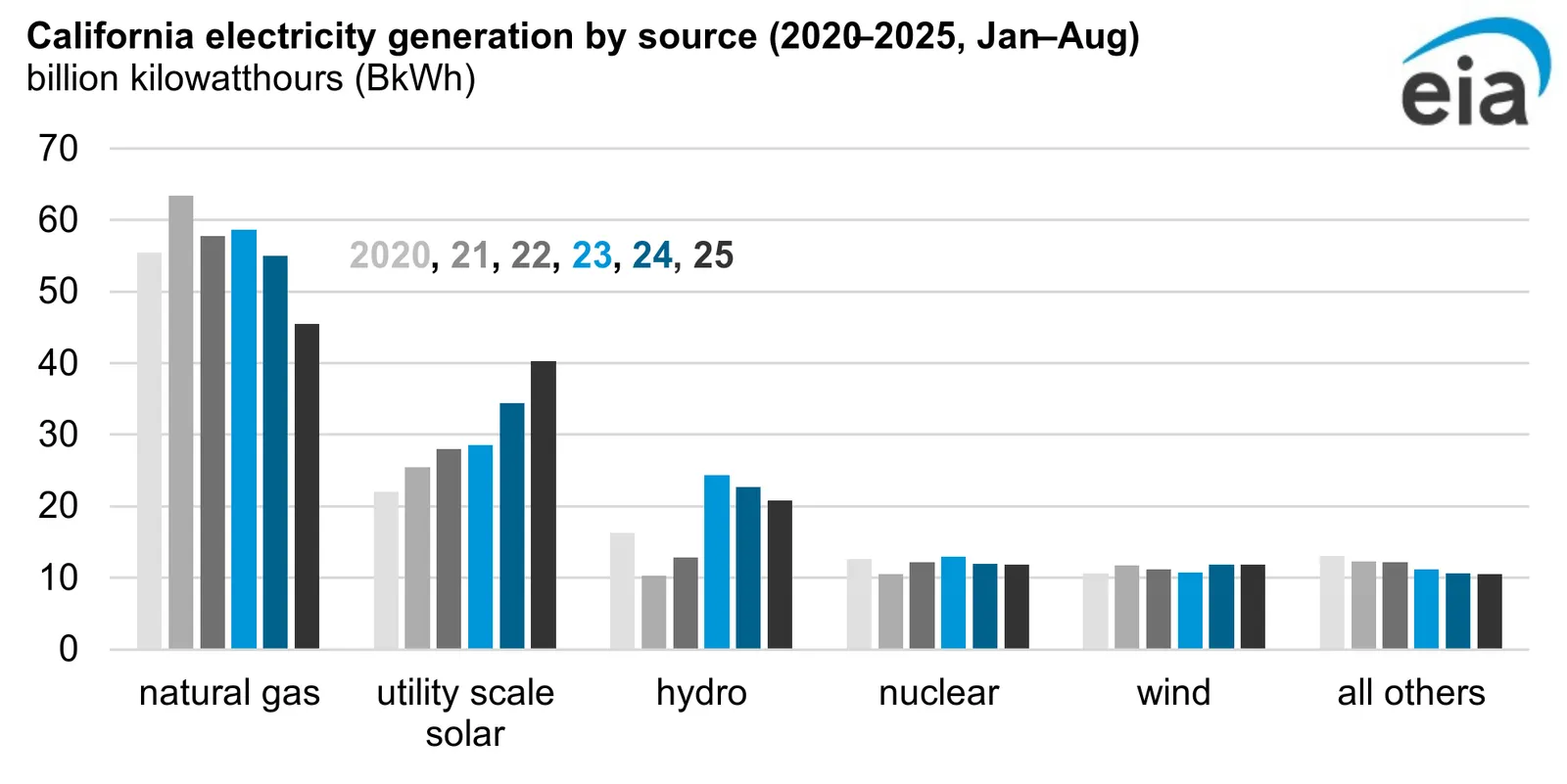
Our first, conservative, view says that AI’s network impact is largely confined to the data center, to connect clusters of GPU servers and the data they use as they crunch large language models. It’s all “horizontal” traffic; one TikTok challenge would generate way more traffic in the wide area. WAN costs won’t rise for you as an enterprise, and if you’re a carrier you won’t be carrying much new, so you don’t have much service revenue upside. If you don’t host AI on premises, you can pretty much dismiss its impact on your network.
Contrast that with the radical metaverse view, our third view. Metaverses and AR/VR transform AI missions, and network services, from transaction processing to event processing, because the real world is a bunch of events pushing on you. They also let you visualize the way that process control models (digital twins) relate to the real world, which is critical if the processes you’re modeling involve human workers who rely on their visual sense.
Could it be that the reason Meta is willing to spend on AI, is that the most credible application of AI, and the most impactful for networks, is the metaverse concept? In any event, this model of AI, by driving the users’ experiences and activities directly, demands significant edge connectivity, so you could expect it to have a major impact on network requirements. In fact, just dipping your toes into a metaverse could require a major up-front network upgrade.
Networks carry traffic. Traffic is messages. More messages, more traffic, more infrastructure, more service revenue…you get the picture. Door number one, to the AI giant future, leads to nothing much in terms of messages. Door number three, metaverses and AR/VR, leads to a message, traffic, and network revolution. I’ll bet that most enterprises would doubt the value of the first door and fear the up-front cost impact of the third, which leaves us with the middle door, to the AI agent.
AI agents say that AI is really just a software component, a pathway to a new kind of automation. It doesn’t foreclose a role for giant AI hosts and public services, nor does it foreclose a world of AR/VR and metaverses. It’s really not about where AI ends up at all, but about how it gets there. Agents move along slowly, a project at a time, in the same way that computing has entered the workplace and our lives all along.
Meta epitomizes the most exciting, most disruptive, most investment-dependent, and ultimately the most profitable vision of AI. Google and Microsoft offer the most accessible, easiest to achieve, version. What’s in between, the agent story, isn’t glamorous and surely isn’t instantly gratifying to any buyer or seller, but it bridges the two, or it could. The success of the bridge lies in its foundation: the chips. And it’s not the super-GPUs that it depends on, it’s the chips in your phone.






















